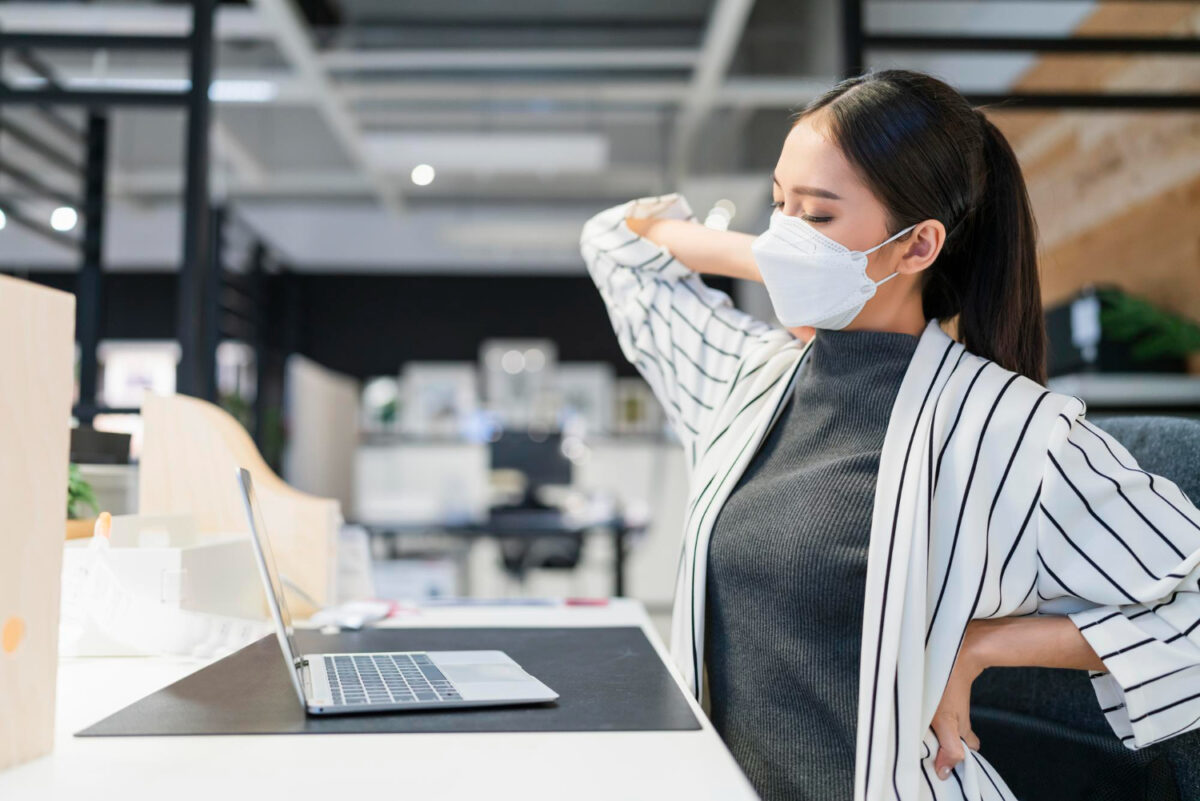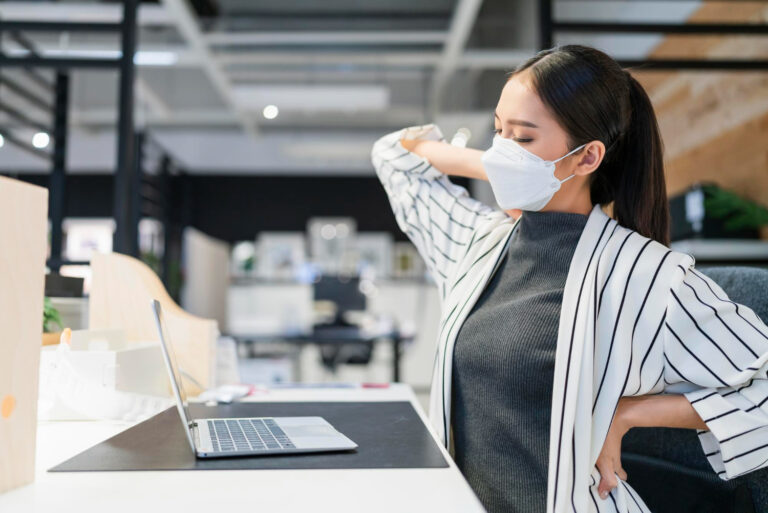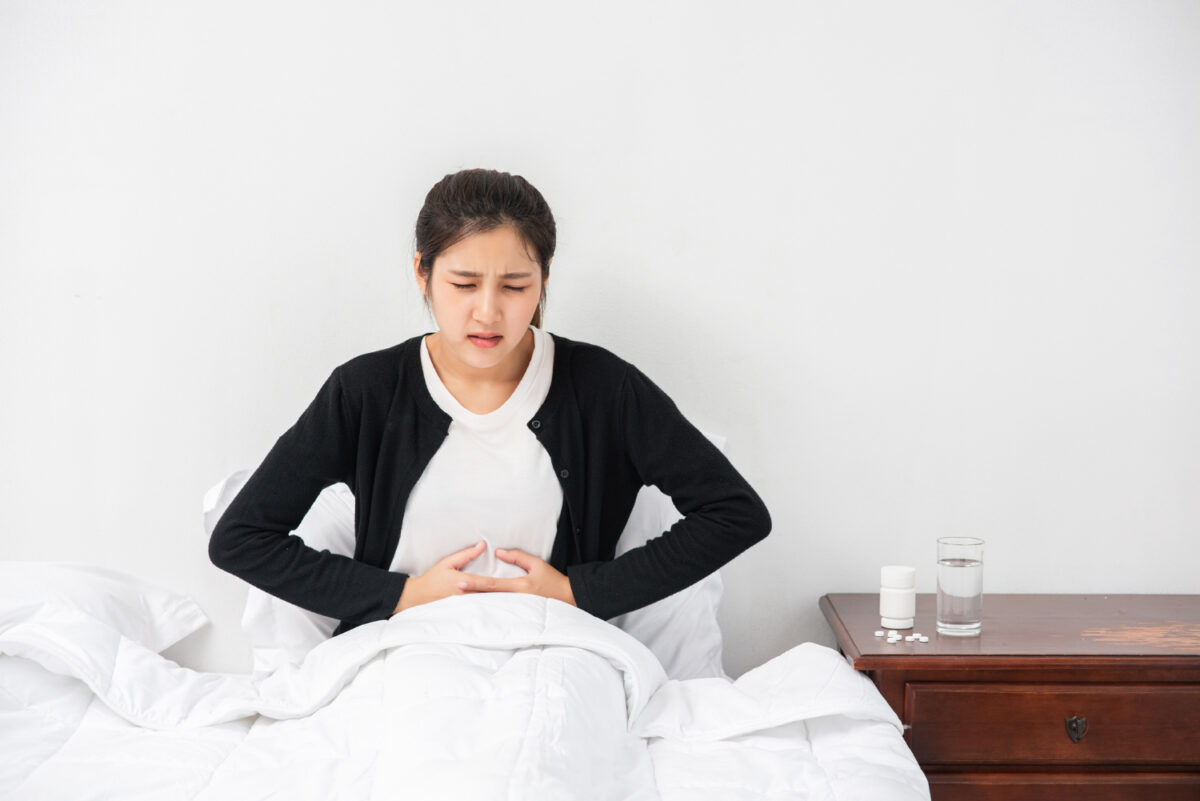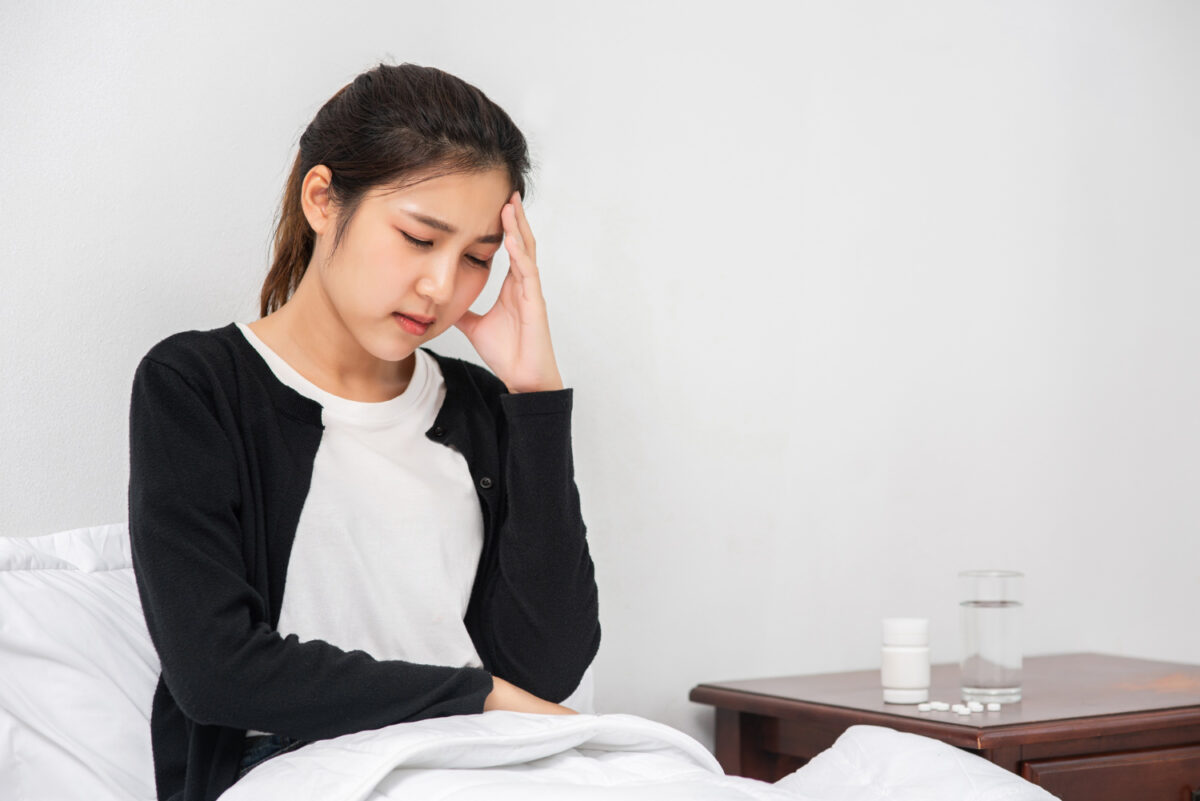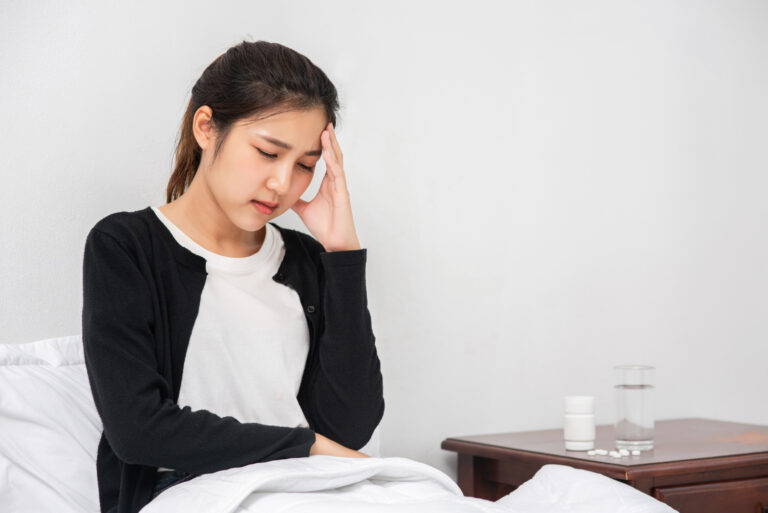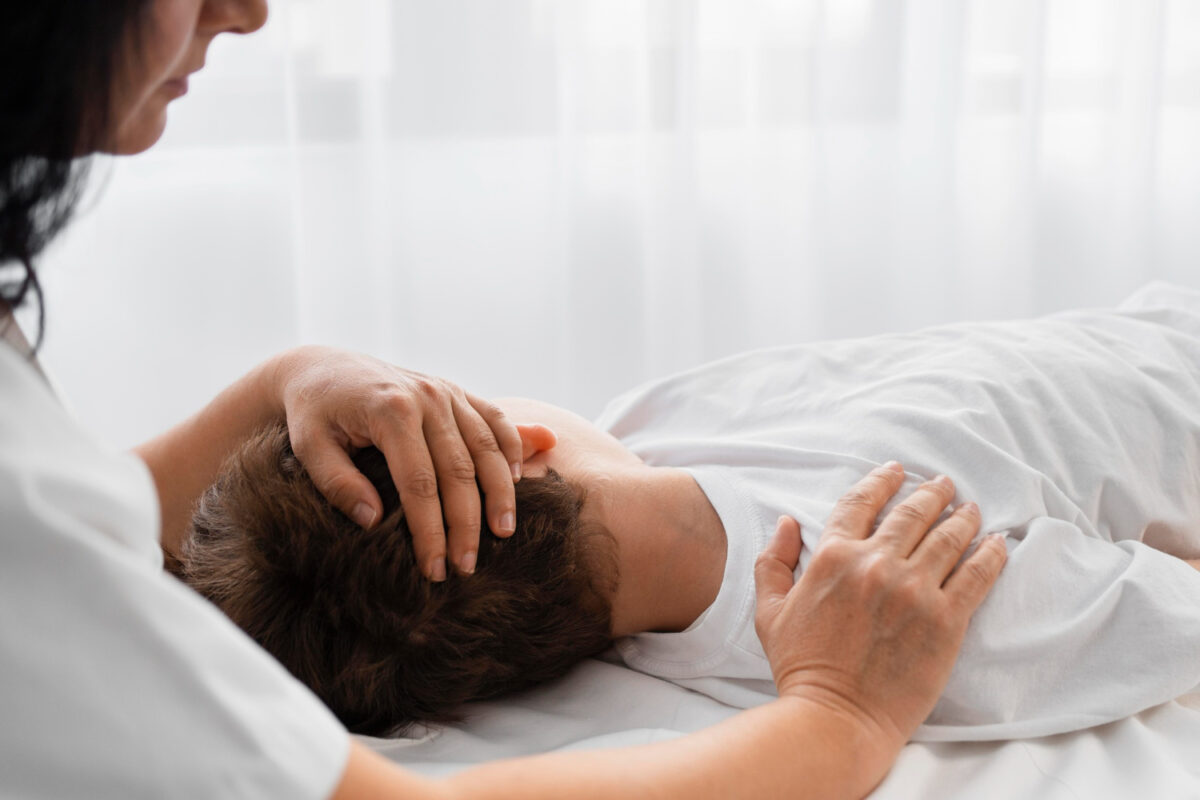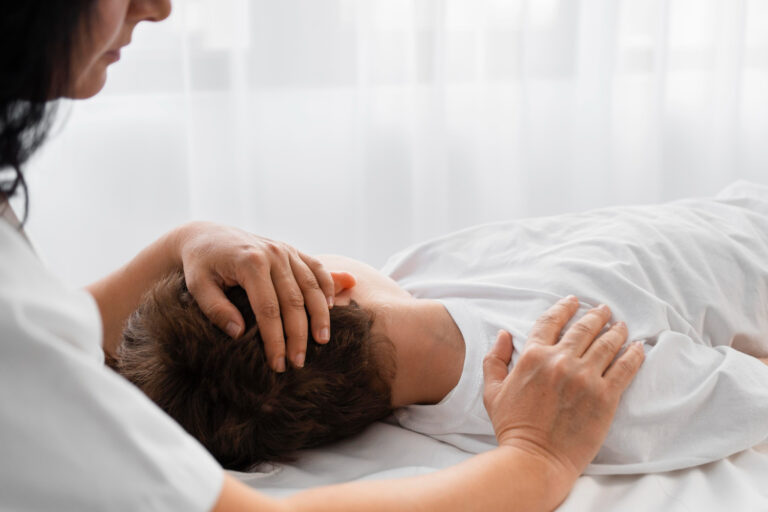/ บทความ / Tips for Relieving Quadratus Lumborum Pain

The quadratus lumborum (QL) is a muscle in the lower back that helps stabilize the spine and hips. Quadratus lumborum pain is the pain in the lower back, pelvis, and hips and can cause deep pain in the lower back or a stabbing sensation in the hips or pelvis.
Causes of Quadratus Lumborum Pain
There are several potential causes of quadratus lumborum pain.
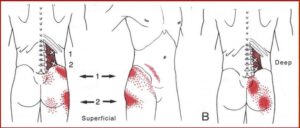
Image from www.frehabthai.com
Sitting too long: The quadratus lumborum muscle tightens or contracts continuously when a person sits for an extended period of time. Muscle exhaustion can be caused by continuous contraction. A muscle that receives less blood flow may stiffen and hurt.
Poor posture: Standing or sitting with poor posture can put additional strain on the quadratus lumborum and cause pain. The muscle might get sore and tight if you slouch, tilt to one side, or sit without back support.
Weak muscles: It may be essential for other muscles to work harder than necessary if the quadratus lumborum’s supporting muscles are weak. The quadratus lumborum has to work harder to support the body when other muscles in the back and pelvic region are weak. The quadratus lumborum muscles could eventually get stressed out and overworked.
Unequal leg length may put additional strain on the quadratus lumborum and other muscles in the body.
Trauma: The quadratus lumborum can be hurt, just like any other muscle. Quadratus lumborum discomfort might result from a sports injury or muscular trauma from a car accident. Doing routine daily tasks incorrectly can potentially result in damage. For instance, carrying big goods awkwardly or incorrectly might put strain on the quadratus lumborum.
Treatments for Quadratus Lumborum Pain
To lessen the discomfort, a variety of treatments, including at-home care or a combination of home care and medical therapy, may help relieve quadratus lumborum pain.
Stretching
Stretching is one of the most effective ways to relieve QL pain. Here are some stretches you can try:
- Child’s pose: Kneel on the floor, then lean forward and reach your arms out in front of you. Rest your forehead on the floor and hold for 30 seconds.
- Seated forward bend: Sit on the floor with your legs extended in front of you. Lean forward and reach for your toes, holding for 30 seconds.
- Seated spinal twist: Sit on the floor with your legs crossed. Twist your torso to the left, placing your left hand on your right knee and your right hand behind you. Hold for 30 seconds, then repeat on the other side.
Massage
The tight muscles that the quadratus lumborum is made up of can be made more flexible through massage. Simply lay a foam roller or massage ball on the quadratus lumborum muscle and rub it back and forth while gently applying pressure. If the pain does not go away, get a professional massage from a certified massage therapist.
Heat or Ice
Anxiety in the quadratus lumborum can be reduced by applying heat or ice to the affected area. Use an ice pack for 10-15 minutes at a time, or use a heating pad or heated cloth for 20 minutes at a time. For ice therapy, it should be performed within the first 36 hours of the injury for the effective results.
Posture Correction
Poor posture is a common contributor to quadratus lumborum pain. Be mindful of your posture throughout the day and try to maintain a neutral spine. Sit up straight with your shoulders back and your feet flat on the floor.
Exercise
Exercise helps ease quadratus lumborum pain and aid the back’s general health. Perform core-building activities like planks and bridges to improve your abdominal muscles. Pilates and yoga are also excellent choices for enhancing posture and flexibility.
Despite the fact that quadratus lumborum discomfort can be painful and incapacitating, there are techniques to treat it. If the quadratus lumborum pain persists, you can come for a consultation at PrimoCare Medical Clinic and get professional advice from our professionals. We are ready to take care of your optimal health. You can inquire or make an appointment in advance here.
References:




